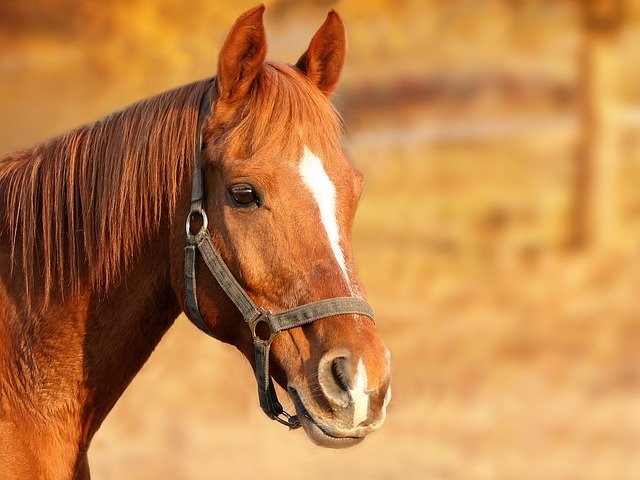
It’s easy to imagine how a different rider or saddle, or increased muscle tone as a result of physiotherapy and a change in work, might prevent this. “We’re talking about the normal flexibility of the spine, occasionally resulting in the edges of the bones ‘kissing’. Equine Rehabilitation and Schooling:Įquine surgeon Bruce Bladon points out that a colleague in Sweden who has operated on a lot of kissing spines cases has more recently had excellent results - without surgery - with horses sent to a rider experienced in equine rehabilitation and re-schooling. Saddle fitters are money well spent with all horses. Simply google the saddle fitter nearest you. Some horses are ticklish, so do try a baseline with this after a few days off. Your horse should not react by lowering his back. Gently press fingers on either side of the spine from wither to croup.

Always check your horse after a good ride and make sure they are not exhibiting pain. Saddle Fit:Ĭalling a certified Saddle fitter in your area should be one of the first things you do with any horse who is showing discomfort with tack. “I find that combining it along with some type of therapy that makes the horse more comfortable is the best way to go.” (Frank Frantz, Burlington Equine). Of course, the physical therapy piece of the puzzle is easier than it sounds and may take months to fully appreciate the benefits. These are the muscles that work to lift or flex the back versus the ones on top that extend the back. When we refer to building core strength it’s not the back muscles that are over the spine but rather the ones adjacent to the spine (multifidus muscles), the ones that go from under the spine to the hips (psoas muscles) and the ones that run along the abdominal wall (abdominal oblique muscles) that we try to strengthen. Lunge work often with side reins, using a Pessoa system, belly lifts are all designed to help strengthen the back and pelvic muscles. Using exercises that help to build core strength and ones that allow the back to lift are the main concepts. Training and Physical Therapy:Īgain physical therapy should be considered the essential component for management of this condition. There are a number of individuals in our area that practice equine massage and are frequently recommended”.

“In my opinion, if we have a case of significant bone reaction along with kissing spines then the benefits of chiropractic may be minimal and possibly counterproductive however, acupuncture or mesotherapy can reduce the pain and dysfunction. Use them as a first line treatment as well as in a more supportive role. If you are beginning to suspect your horses’ unhappiness may be associated with pain, and generally speaking it is, we have set forth the easiest methods for you to check off your list before entertaining more aggressive treatments.Īlternative modalities such as acupuncture, chiropractic adjustments, mesotherapy and/or massage can have a role here. I am afraid the veterinarian will say it is kissing spine disease, and I do not want to think about surgery.

My horse is behaving badly and I cannot figure out why. After several years of working with veterinarians, trainers, and owners we have consolidated information on Kissing Spine in horses and put together a plan of action to combat this disease. Kissing Spine in horses is frequently associated with bad behavior.Īs you know, here at ThinLine, we are committed to making life better and happier for horses.

Often overlooked, under-treated and misunderstood.


 0 kommentar(er)
0 kommentar(er)
